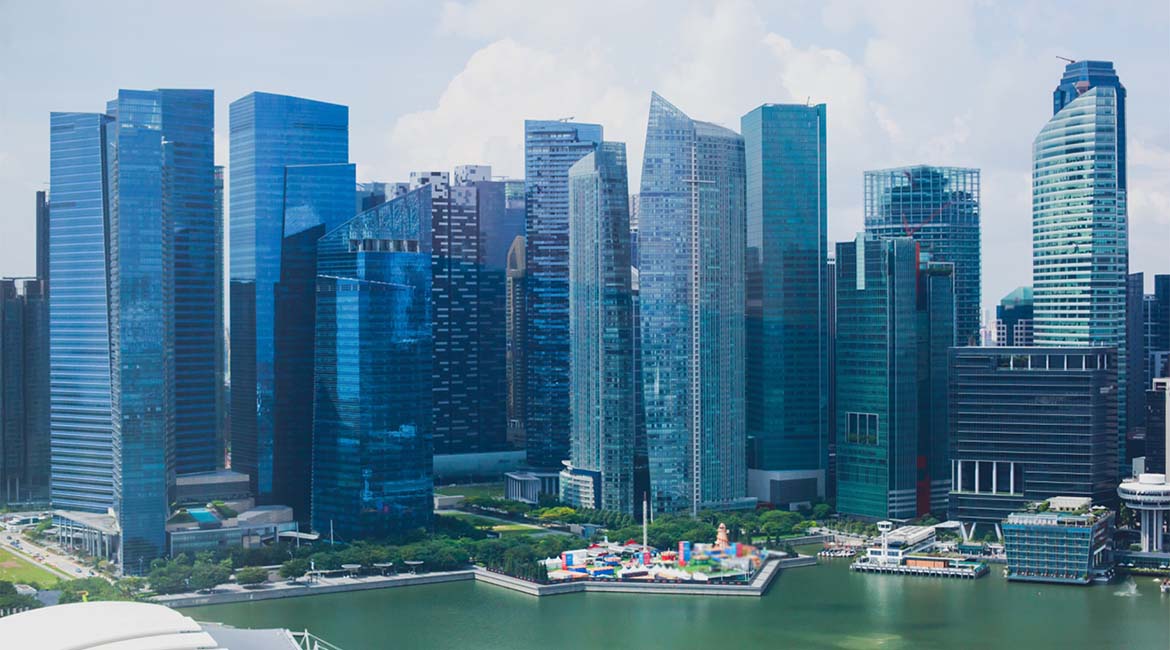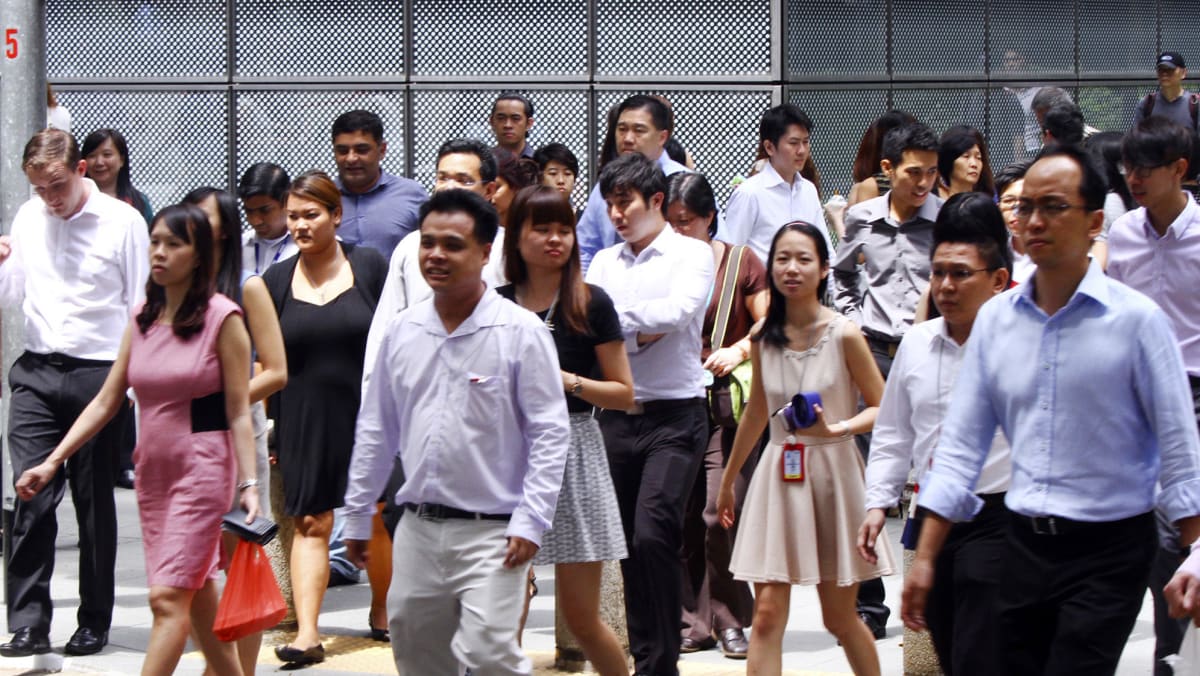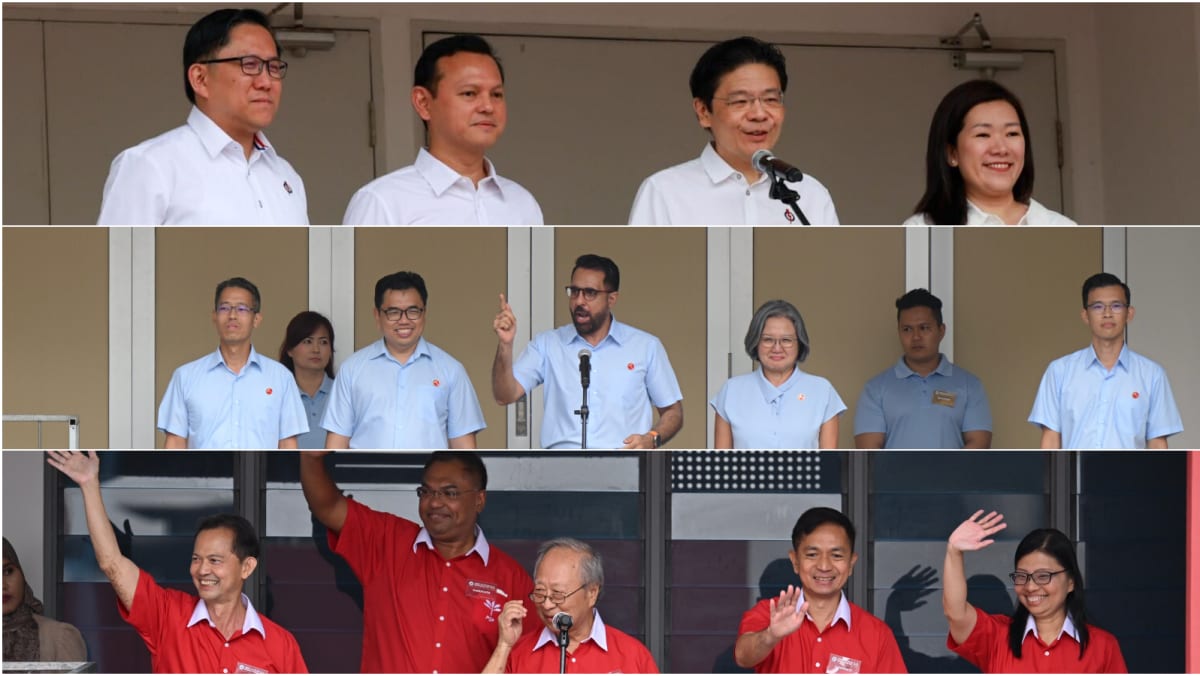GE 2025 - Digital Economy Policies: Which Party Has the Best Plan for Singapore's Tech Future?
As Singapore gears up for its General Election on May 3, 2025, the digital economy is a key focus for political parties shaping the nation's tech future.
Amid rapid digital changes and global competition, voters seek policies that maintain Singapore as a tech hub and prepare citizens for new opportunities.
This article compares the digital economy policies of the People’s Action Party (PAP), Workers’ Party (WP), and Progress Singapore Party (PSP).
We’ll evaluate their strategies for innovation, workforce readiness, and economic resilience to see which party presents the best vision for Singapore’s tech-driven future.

People’s Action Party (PAP): Strengthening Singapore’s Global Tech Leadership
The PAP emphasises continuity and long-term planning, framing its digital economy policies within broader economic resilience strategies.
1. Economic Resilience
- Economic Resilience Taskforce (SERT): Launched ahead of GE2025, SERT aims to strengthen Singapore’s position as a global hub by fostering innovation and ensuring competitiveness in key industries, including technology.
- Global Hub Vision: The PAP seeks to attract foreign direct investment (FDI), particularly from the U.S., in sectors like technology, reinforcing Singapore’s status as a stable and innovative destination for investors.
2. Job Creation and Opportunities
- Focus on Tech Jobs: The PAP manifesto promises better jobs, better pay, and more opportunities, with a clear emphasis on growing the digital and tech sectors as significant sources of employment and investment.
- Future Workforce Planning: Building on the Forward Singapore exercise, the PAP outlines long-term strategies to adapt the economy and workforce to future needs, including technological advancements.
3. Investment and Expansion
- Support for Companies: The party pledges to help local companies expand into new markets, leveraging Singapore’s strategic position as a gateway to Asia.
- Clean Energy Transition: Investments in clean energy technologies are highlighted as part of broader efforts to secure Singapore’s technological edge.
Strengths and Challenges
- Strengths: Comprehensive, long-term vision; strong focus on attracting FDI and maintaining global competitiveness.
- Challenges: Critics argue that the PAP’s broad strategies may lack specificity in addressing immediate workforce challenges posed by rapid digitisation.
Workers’ Party (WP): Preparing Workers for the Future Economy
The WP adopts a targeted approach, focusing on workforce adaptation, reskilling, and securing digital infrastructure.
1. Future Industries and Reskilling
- Affordable Reskilling Programmes: The WP proposes affordable reskilling initiatives to prepare workers for "future industries," emphasising the need to adapt the workforce to technological shifts.
- Tech-Centric Focus: While not explicitly detailed, these programmes likely include training in areas like artificial intelligence (AI), data analytics, and cybersecurity.
2. Digital Security
- Securing Digital Supply Chains: Recognising the importance of robust digital infrastructure, the WP advocates for policies to secure digital supply chains, ensuring resilience against cyber threats.
3. Strengthening the Singaporean Core
- Support for SMEs: The WP emphasises uplifting Small and Medium Enterprises (SMEs) through inclusive economic growth strategies, enabling them to compete in the digital economy.
- CPF Reforms: Proposals to reform the Central Provident Fund (CPF) aim to boost retirement adequacy, indirectly supporting workers transitioning to tech-driven roles.
4. Addressing Affordability
- Cost of Living Measures: While not exclusively digital, policies like GST exemptions and a minimum wage aim to reduce financial burdens, allowing workers across all sectors, including tech, to focus on career development.
Strengths and Challenges
- Strengths: Targeted policies on reskilling and digital security address immediate workforce needs.
- Challenges: The WP’s proposals may lack the scale or funding mechanisms required to fully transform Singapore’s digital economy.
Progress Singapore Party (PSP): A Vision Yet to Be Detailed
The PSP presents a manifesto titled “Progress for All” with 61 policy proposals, but specific details on digital economy policies remain limited due to unavailable details.
1. Broad Objectives
- GST Rollback: Calls for rolling back the Goods and Services Tax (GST) to 7% could indirectly benefit workers and businesses in the digital economy by reducing costs.
- Public Asset Declarations: Proposals for MPs to declare public assets aim to enhance transparency and accountability, potentially fostering trust in government-led digital initiatives.
2. Missing Details
- While the PSP manifesto is extensive, specific measures related to innovation, workforce adaptation, or tech industry growth are not outlined in the provided sources.
Strengths and Challenges
- Strengths: Emphasis on affordability and transparency aligns with broader societal support for sustainable progress.
- Challenges: Lack of detailed digital economy policies makes it difficult to assess the PSP’s vision for Singapore’s tech future.

Comparative Analysis: Key Takeaways
| Aspect | PAP | WP | PSP |
|---|---|---|---|
| Focus Areas | Economic resilience, innovation, job creation, global competitiveness | Workforce adaptation, reskilling, digital security | Affordability, transparency |
| Workforce Adaptation | Framed within broader economic strategies | Affordable reskilling programmes, focus on future industries | Not specified |
| Digital Infrastructure | Implicit in SERT and global hub vision | Explicit focus on securing digital supply chains | Not specified |
| Support for SMEs | Encouraging expansion into new markets | Uplifting SMEs through inclusive growth | Not specified |
| Funding Mechanism | Attracting FDI, leveraging existing resources | CPF reforms, cost of living measures | GST rollback, transparency initiatives |
Charting Singapore’s Digital Future
Singapore’s digital economy policies must balance innovation, workforce readiness, and economic resilience to thrive in a rapidly evolving global landscape.
- The PAP offers a comprehensive, long-term vision, leveraging Singapore’s strengths as a global hub while attracting investment and fostering innovation. However, critics argue that its broad strategies may lack specificity in addressing immediate workforce challenges.
- The WP provides targeted proposals focused on reskilling, digital security, and supporting SMEs, addressing key pain points for workers and businesses in the digital economy. Its challenge lies in scaling these initiatives effectively.
- The PSP emphasises affordability and transparency, but the lack of detailed digital economy policies limits its ability to present a compelling vision for Singapore’s tech future.
Ultimately, voters must decide whether they prioritise continuity and global leadership (PAP), targeted workforce solutions (WP), or affordability and transparency (PSP).
Whichever path Singapore chooses, the stakes are high, and the decisions made now will shape the nation’s digital landscape for decades to come.
Let us know what you think about this topic, and what do you want to hear next.
Read more on these party policies breakdown on:
You can now be our community contributor and make a pitch to have your favourite personality be on our show.
Join our community group and drop us your insights on this topic.

-3.png?width=50&name=Square%20(2)-3.png)








Let us know what you think of this post